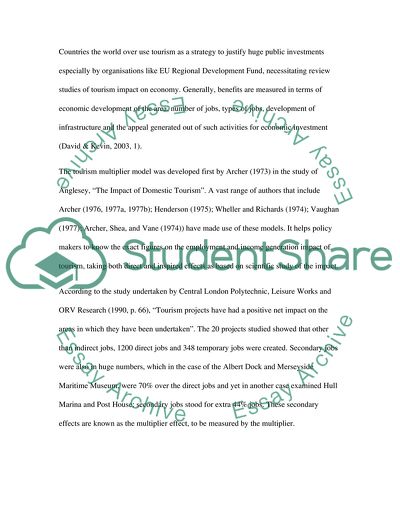Cite this document
(The Impacts of Tourism in Vietnam Case Study Example | Topics and Well Written Essays - 2500 words, n.d.)
The Impacts of Tourism in Vietnam Case Study Example | Topics and Well Written Essays - 2500 words. Retrieved from https://studentshare.org/tourism/1563500-impacts-of-tourism-inon-vietnam
The Impacts of Tourism in Vietnam Case Study Example | Topics and Well Written Essays - 2500 words. Retrieved from https://studentshare.org/tourism/1563500-impacts-of-tourism-inon-vietnam
(The Impacts of Tourism in Vietnam Case Study Example | Topics and Well Written Essays - 2500 Words)
The Impacts of Tourism in Vietnam Case Study Example | Topics and Well Written Essays - 2500 Words. https://studentshare.org/tourism/1563500-impacts-of-tourism-inon-vietnam.
The Impacts of Tourism in Vietnam Case Study Example | Topics and Well Written Essays - 2500 Words. https://studentshare.org/tourism/1563500-impacts-of-tourism-inon-vietnam.
“The Impacts of Tourism in Vietnam Case Study Example | Topics and Well Written Essays - 2500 Words”, n.d. https://studentshare.org/tourism/1563500-impacts-of-tourism-inon-vietnam.


